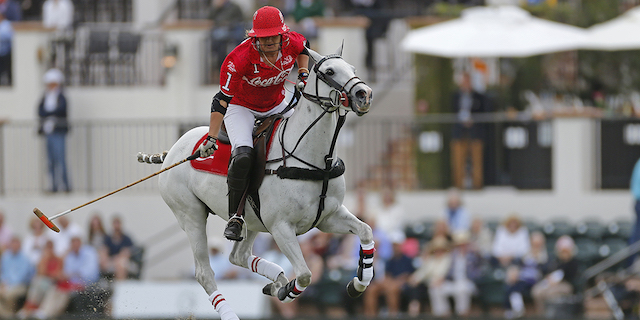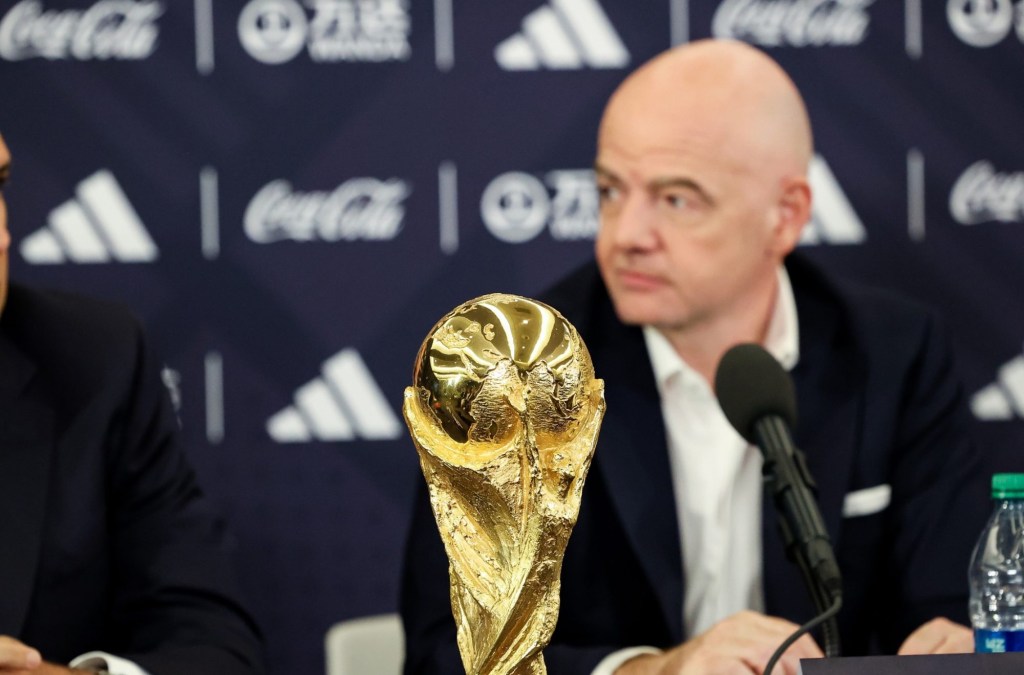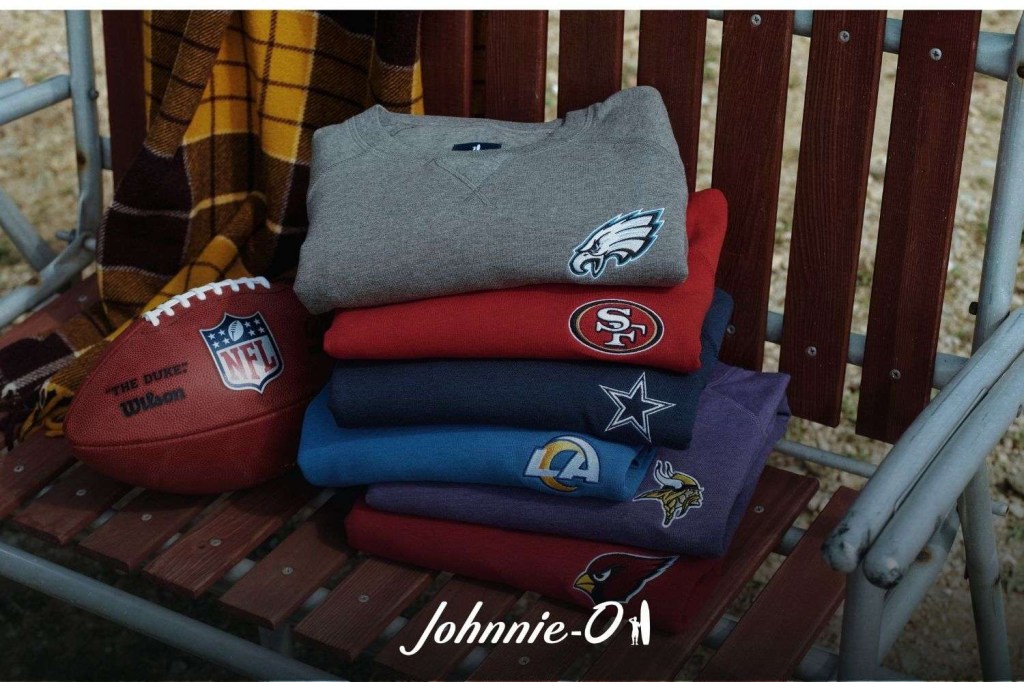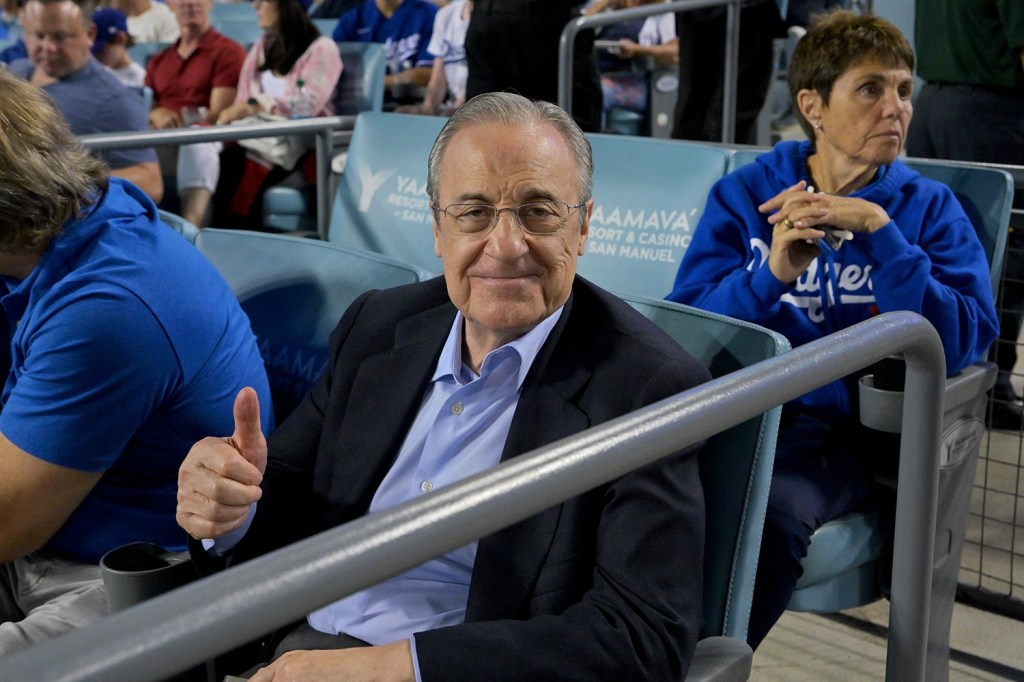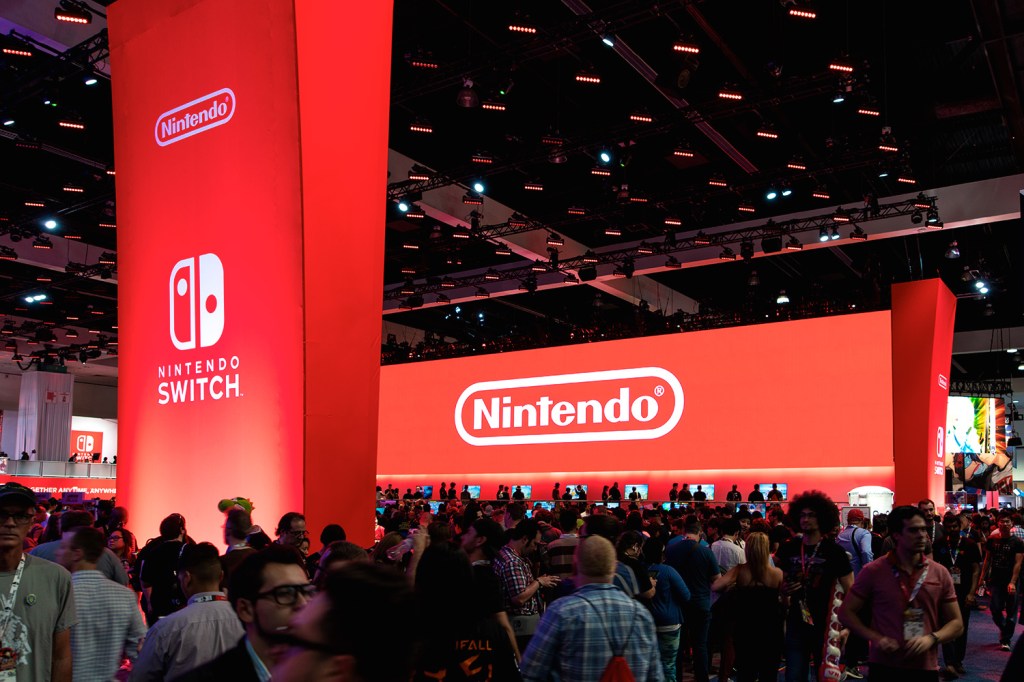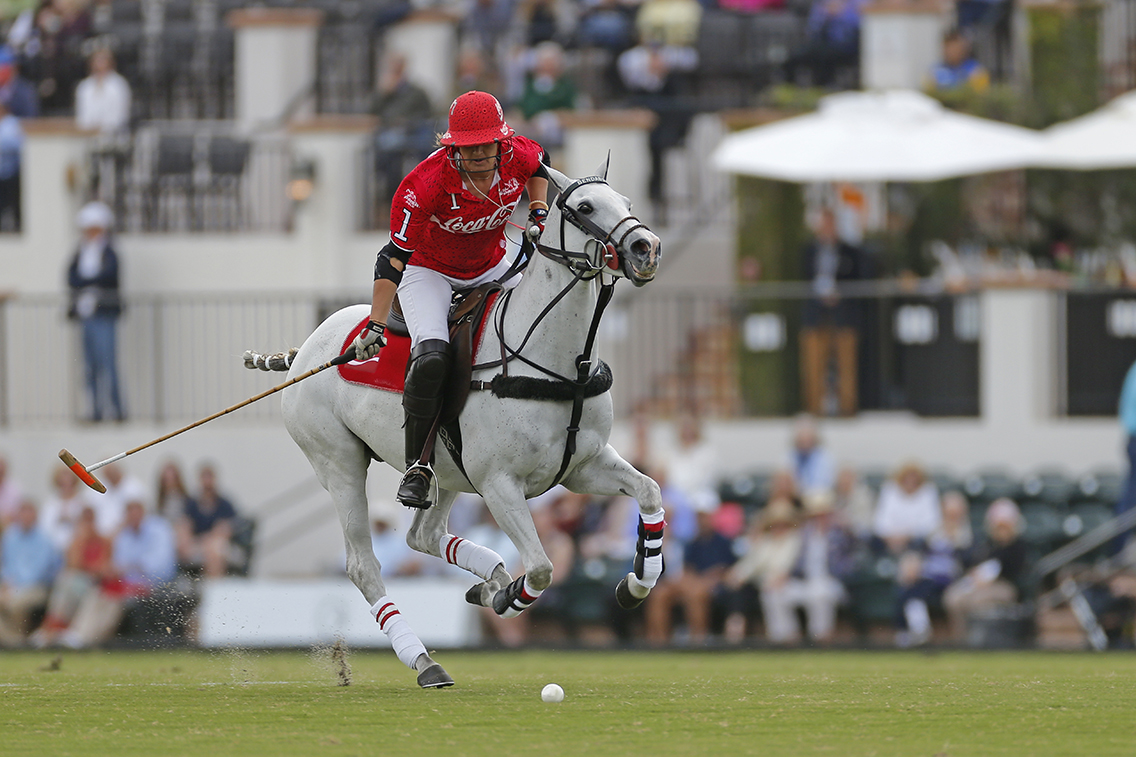
Photo Credit: David Lominska
When was the last time you thought about polo?
For most Americans, the answer probably has something to do with the logo on a Ralph Lauren shirt. But while the U.S. Polo Association doesn’t shy away from the game’s classification as a niche sport, it’s also working to sustain and broaden polo’s reach via consolidating a trio of prestigious tournaments into one lucrative event.
The Gauntlet of Polo, held in West Palm Beach, Florida, concludes this weekend at the U.S. Open Polo Championship with a whopping $250,000 on the line. There’s also an additional $500,000 at stake for Team Pilot, who have won the first two events and can claim the half-million if they are able to earn a clean sweep. The horse-back sport is played by a small number of Americans, with 300 clubs across the country supporting 5,000 players, according to David Cummings, the chairman of USPA Global Licensing.
“The USPA is motivated to grow the sport, not only in the U.S. but internationally,” Cummings said. “Our goal is to educate and grow polo. And if you’ve ever met a polo player, there’s nothing more he likes to do than talk about polo. We want to increase the amount people who talk about it.”
READ MORE: International Swimming League Wants to Give Swimming a Permanent Audience
There is a major barrier of entry to attracting new players: money. The sport has been played since 200 B.C. in Persia and came to the U.S. in 1876, where it has remained a sport of the nation’s wealthy. According to Cummings, it can cost up to $4.5 million to field a team for all three tournaments. Those costs include paying the players, paying their travel and lodging and the care for the horses. Each of the four players on a team brings up to 15 horses, riding an average of 10 per game.
The potential million-dollar purse doesn’t cover those costs, so Cummings said most teams underwrite with sponsors. Those are often of the big-name variety, too, like Coca Cola and Cessna, the airplane manufacturer.
But the financial reward is similarly lucrative. Elite players play globally and make in excess of $1 million annually, Cummings said. The Gauntlet of Polo is the highest potential purse for polo with the new bonus prize.
The $500,000 bonus, paid on top of a $250,000 prize for winning the Open and $125,000 for the other two tournaments, is part of a larger plan to attract younger players and fans. The plan also drops team handicaps for the Gauntlet of Polo from 26 goals to 22, the collective total by a team’s four players. A lower collective handicap theoretically would allow more novice players to help make up teams — the higher the individual handicap, the better the player. So far, the plan has worked. According to Cummings, 16 teams entered the competition this year, up from six last year.
[mc4wp_form id=”8260″]
The hope is the injection of cash prizes could help change the trajectory of polo in the U.S., said Mark Bellissimo, managing partner of the Wellington Equestrian Partners and owner of the International Polo Club, the tournaments’ host site.
“In order to expand interest in the sport, it is essential that emerging players, as well as new teams, have the opportunity to participate in elite tournaments,” Bellissimo said.
The International Polo club is the hub of the polo community in West Palm Beach, the sport’s U.S. epicenter. The region has more than 75 fields in a 50-mile radius, and the Palm Beach County Sports Commission estimates an annual economic impact of more than $23 million from the sport.
With a not-for-profit base at the U.S. Polo Association, Cummings said a small staff as well as a volunteer chairman and governors keep a youth movement at the core of their mission. The organization does hold interscholastic and intercollegiate tournaments for the 30 high schools and nearly 50 colleges that field teams, a number they also hope to grow.
“Their motivation is to teach and instruct people play and get new people into the game,” Cummings said.
READ MORE: Jaguars’ Unique Arrangement Builds U.K. Audience
Likewise, in an attempt to attract more fans, the sport’s organizing bodies will continue their transformation into the digital age over the next few years through streaming more broadcasts and incorporating modern touches like Jumbotron videos and replays.
Time will tell whether polo sees in uptick in interest in the U.S., but Wellington has high hopes for the Gauntlet of Polo. He expects 12,000 people at the polo grounds on Sunday. Along with a live broadcast on USPolo.org, the tournament will be broadcast on CBS Sports on Sunday and Eurosports on Monday, potentially reaching 250 million households.
No matter the number of spectators, a team will be playing for the largest purse in polo history. It’s a bottom line everyone can agree upon.
